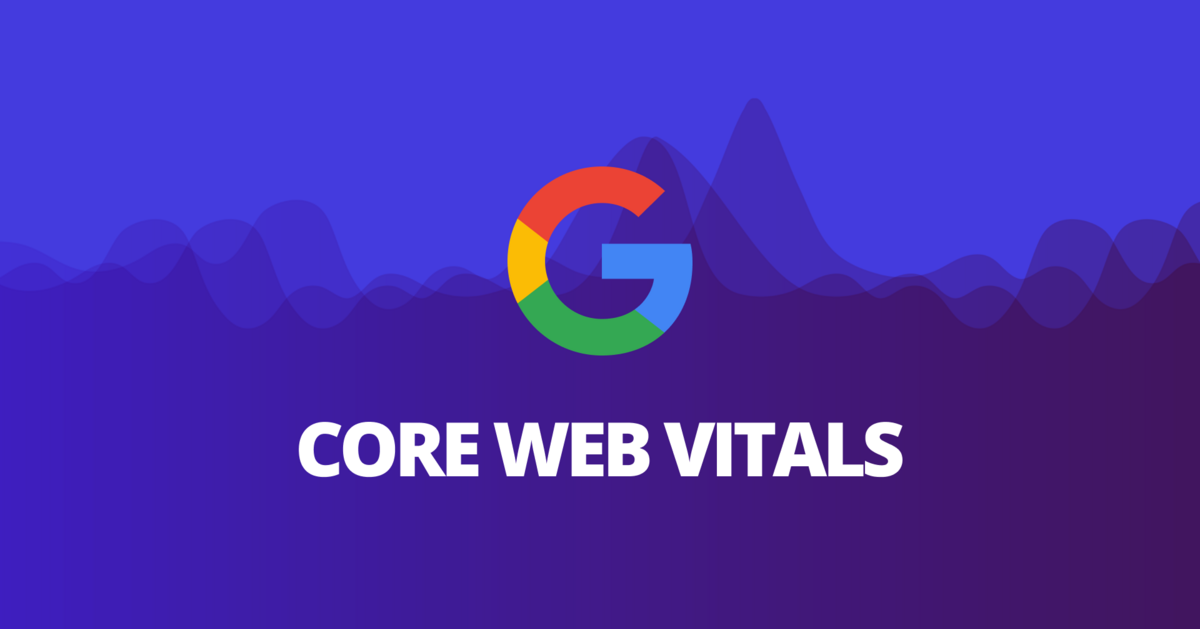
Overview of Google Core Web Essentials
What are Core Web Vitals?
A collection of actions called Core Web Vitals evaluates how well a website loads in real-time, is interactive and maintains its visual stability.
We strongly advise website owners to get high Core Web Vitals to guarantee a positive user experience across the board and to succeed with search.
This is in line with other features of the page experience that our basic ranking systems aim to reward. Find out more in Understanding Google Search Results Page Experience.
What are the core web vitals and why do they matter?
The user experience of a website may be greatly enhanced by considering all three of the metrics known as Core Web Vitals.
Three key ranking variables for search engine optimization are speed, interaction, and visual stability, which are the emphasis of these measures.
A website’s search engine ranking may rise with improved metrics.
Improved user experience is also crucial since users will have a better experience on a website that loads quickly, reacts swiftly to their inputs, and keeps its visual stability.
Measures and Significance of Key Web Elements
- The metrics known as Core Web Vitals are essential for evaluate the user experience of a website.
- They are crucial SEO ranking variables that raise a website’s position in search results.
- Improved user experience may be attained by loading pages quickly, reacting to user input quickly, and preserving visual stability.
- Core Web Vitals demonstrates Google’s focus on user experience.\
Core Web Vitals Metrics
Largest Contentful Paint (LCP)
This tests how long it takes for the primary material of a page to load. Aim for a time of no more than 2.5 seconds.
Ways to Make LCP Better:
Enhance Pictures: To speed up load times, compress and provide graphics in contemporary formats.
Cut Down on Render-Blocking Materials: Set CSS and JavaScript as your top priorities to guarantee speedier rendering.
Make Use of Browser Caching: Arrange static benefit cache headers appropriately.
First Input Delay (FID):
This makes sure an engaging and responsive website by assessing input delay.
How to Raise INP:
Optimize the execution of JavaScript: Cut down on lengthy jobs that restrict the main thread.
Use of Effective Event Handlers: Make Use of Effective Event Handlers to increase responsiveness, choose passive event listeners.
Cumulative Layout Shift (CLS)
Measures unexpected layout shifts that occur during page loading in order to evaluate visual stability.
Ways to Make CLS Better:
Indicate the Image Dimensions: In your CSS, give pictures width and height properties to save space and avoid layout adjustments.
Avoid adding dynamic content: To avoid unexpected shifts, load dynamic components after the first layout.
Tools for Measuring Core Web Vitals
- Google PageSpeed Insights: This tool offers comprehensive information of the essential elements of the web.
- Lighthouse: this tool known for Creates performance audits, including Core Web Vitals scores, and is integrated into Google Chrome’s DevTools.
What Makes Core Web Vitals Important?
Factors Affecting SEO Ranking:
- Search engine rankings are greatly impacted by Core Web Vitals.
- You can raise your website’s search engine ranking by improving these warning signs.
Improvement in User Experience:
- A website that performs effectively offers a better user experience.
- Customers are more leaning to interact with material on a website that loads rapidly, reacts Instantly, and keeps its visual reliability.
Google’s Prioritization of User-Centric Measures:
- Google prioritized user experience by introducing Core Web Vitals.
- Google hopes to guarantee that users of its website have a favorable experience by emphasizing these essentials.
Problems with Website Performance and Their Fixes
Inadequate Image Optimization: Reduce the size of your photographs without sacrificing quality. Use current formats such as WebP.
Fonts Causing Performance Problems: Use system fonts or reduce the amount of fonts you use. Give performance more weight than ornate typography.
Excessive Use of Third-Party Scripts and Widgets: Determine whether each script is really necessary, and load them asynchronously or postpone executing them.
Disabled Server Compression: To minimize payload size, enable server compression.
Absence of Server Cache: Use browser caching to save static files locally and load them more quickly on subsequent visits.
Old or Underpowered Server: Make sure the infrastructure supporting the server is current and able to manage demand.
Non-optimized Code: Enhance JavaScript, HTML, and CSS. Take out any unnecessary code.
Conclusion,
By emphasizing providing outstanding user experiences, this book seeks to assist users in improving the performance of their websites.
Users may enhance their surfing experience and increase happiness and engagement by adopting Core Web Vitals.
But the work doesn’t stop there. It’s critical to keep an eye on and improve website performance while keeping up of emerging trends and technological advancements.
Users may keep a competitive advantage and create enduring relationships with their audience by being proactive and adaptable.
Users may turn their website into a digital leader by putting the tactics and approaches they’ve learnt into practice.
Continued success and improved website performance are the results of adopting Core Web Vitals.


